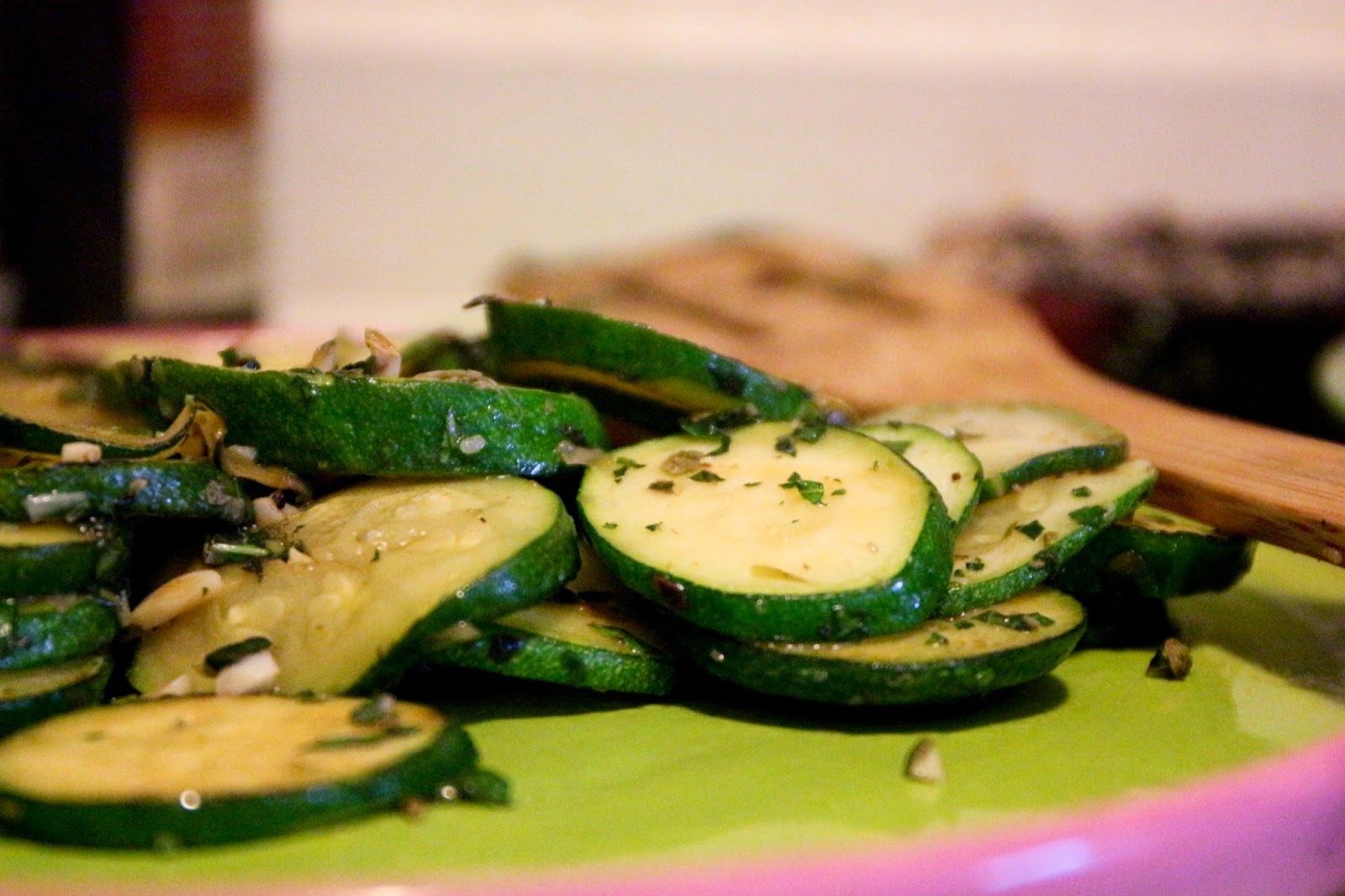I've had a bag of dried garbanzo beans in the cabinet for a while, sitting next to the flax seed and coconut oil and other Things That Are Good for Me. I try not to let that shelf get too dusty.
On Saturday morning I bypassed my usual weekend ritual—gulping down coffee in bed and staring at my phone—and instead meandered into the kitchen with dinner plans forming.
Soaking beans, slicing onions, and sprinkling said onions with salt and sumac. Sumac is wonderfully tart, and after several hours in the refrigerator, the onions were mellowed, chilly, and full of flavor.
I had a few Meyer lemons in the fridge from the Baton Rouge gourmet delivery service Indie Plate. I wish I were one of those people with the overabundant Meyer lemon trees, because I could use them in the kitchen every single day. I used the bundle I got from Indie Plate to make salmon en papillote, a Sensation-style salad dressing, and now a roasted Meyer lemon vinaigrette complete with honey and balsamic. (Next time 'round: preserving and limoncello, for sure.)
Finally I added fresh mint and parsley and a drizzle of pomegranate molasses, which I first made as part of a homemade cocktail kit for Country Roads Magazine.
Then I served!
Yield: 6 servings
Ingredients:
3 cups chickpeas, cooked*
1 white onion, halved and thinly sliced
2 tablespoons sumac
1 tablespoon salt
10 leaves fresh mint, chopped
1 bunch parsley, chopped
Pomegranate molasses
2 tablespoons olive oil
For the roasted Meyer lemon vinaigrette (sourced from Sandwich Sunday):
2 Meyer lemons, halved
2 cloves garlic, unpeeled
1 tablespoon honey
1 tablespoon balsamic
3 tablespoons olive oil
*I used dried chickpeas and soaked them for a few hours before soaking another hours in a pot of boiled water removed from heat. I then used fresh water to cook them, simmering, for another two hours.
Method:
1. Make ahead: In a medium-size bowl, combine onion slices, sumac, and salt. Cover and chill for several hours.
2. For the vinaigrette: Preheat oven to 400. Place lemon halves (cut side down) in a baking dish, alongside unpeeled garlic cloves. Roast for 25—30 minutes, until lemon tops have begun to brown. Remove from oven and set aside to cool. Then squeeze out roasted garlic into a small prep bowl. Mash, then squeeze in lemon juice. Add honey and balsamic, then whisk in olive oil.3. To make the salad, combine chickpeas, onions, mint, and parsley in a large bowl. Pour in vinaigrette, olive oil, and pomegranate molasses. Toss and serve.






















































